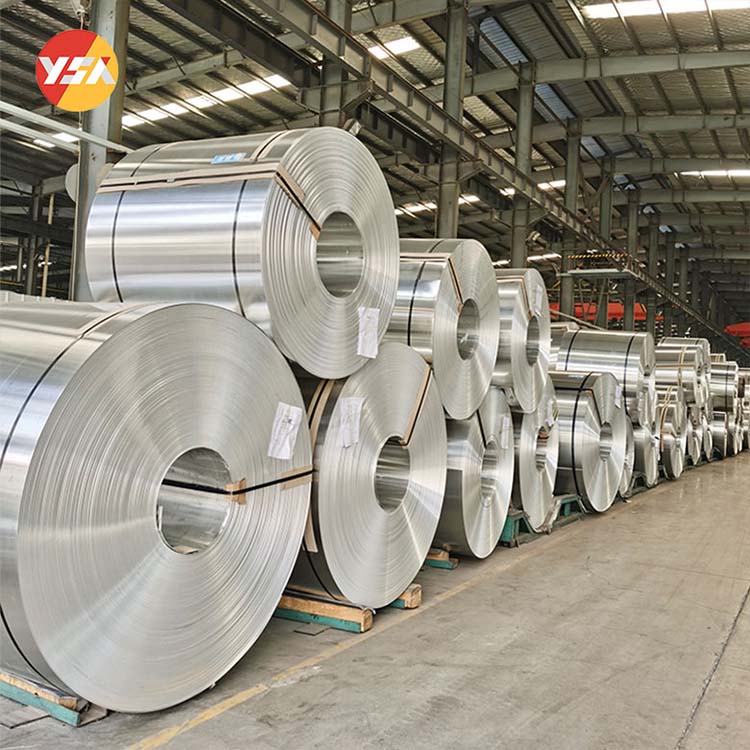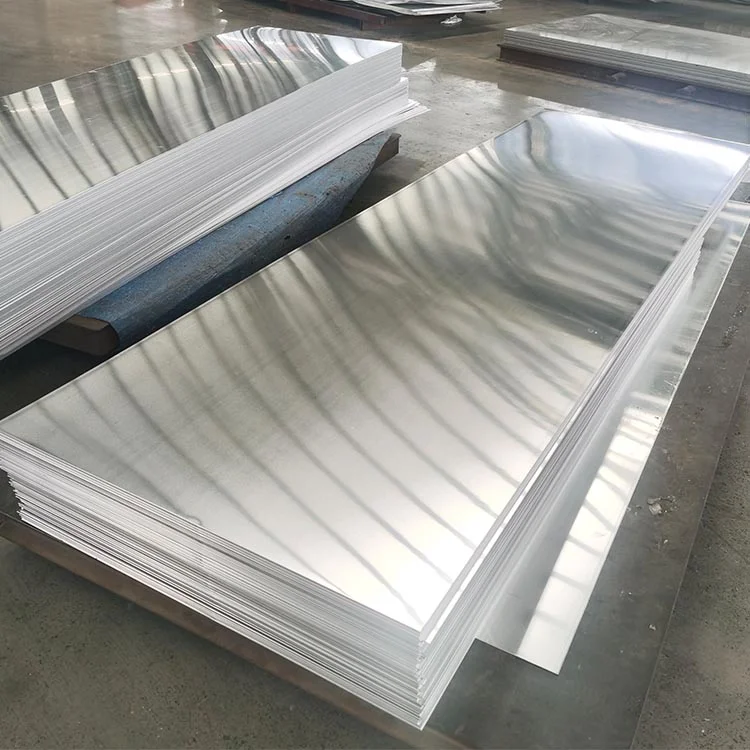Aluminized mylar film is a type of packaging material. It is made by coating polyester film with a layer of aluminum. The most common aluminized polyester films on the market are VMPET and VMCPP.
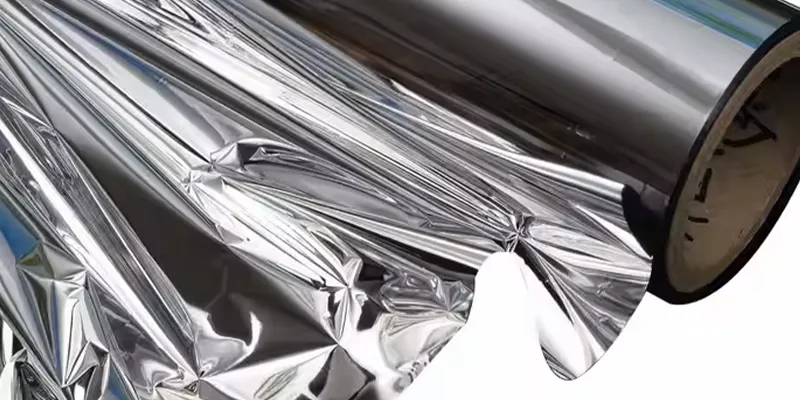
Manufacturers mainly use aluminized mylar film for puffed food, medicine, and cosmetic packaging. In this article, we will explain how aluminumized mylar film is made, what it does, and how it is used. This will help you learn more about aluminumized plastic film.
Aluminized Mylar Film Introduction
Aluminized mylar film is made using a special method. This method melts aluminum and turns it into vapor at high temperatures in a vacuum. The aluminum vapor then settles on the plastic film’s surface. This process gives the plastic film a shiny, metallic look.
Vacuum aluminum coating makes polyester film more dazzling and improves temperature resistance. Aluminized mylar film can replace aluminum foil. It shades, blocks ultraviolet rays, keeps food fresh, and extends shelf life.
What Is Aluminized Mylar Film For
Aluminized mylar film has a wide range of applications in packaging, agriculture, construction, and other fields, as follows:
Packaging Usages
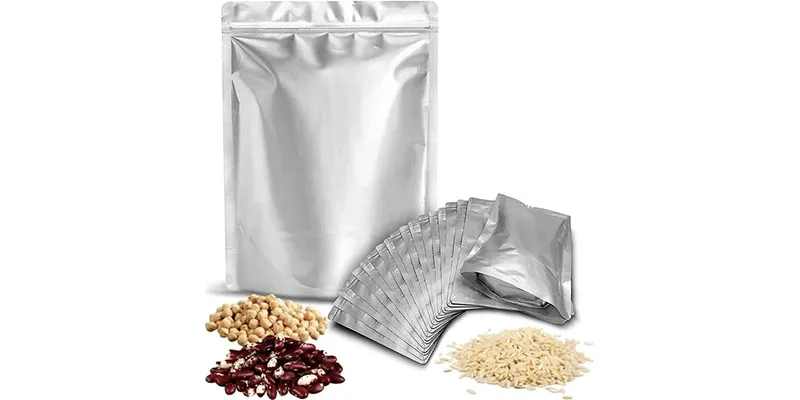
- Food packaging: aluminized laminated film can block oxygen, water, and light, extending the shelf life of food. VMPET and VMCPP films are often used for packaging biscuits, potato chips, chocolate, etc.
- Medical packaging: aluminized laminated film protects medicines and prevents them from moisture, oxidation, and deterioration. Manufacturers use it to package tablets, capsules, and powders.
- Other packaging options include aluminum film. It can improve the texture of products. This film is great for cosmetics, shampoo, and shower gel. It is also useful for industrial products that need moisture and rust protection.
- Examples include electronic products and hardware accessories. Aluminized film packaging works well for these items too.
Agricultural Usages

- You can use aluminum-coated film for greenhouses and ground cover as an agricultural product protection film. It helps keep heat, retains moisture, and reflects light.
- Shade net: In the hot summer, a shade net made of aluminum-coated film can cool crops. It reduces water loss and helps crops grow.
Building Usages
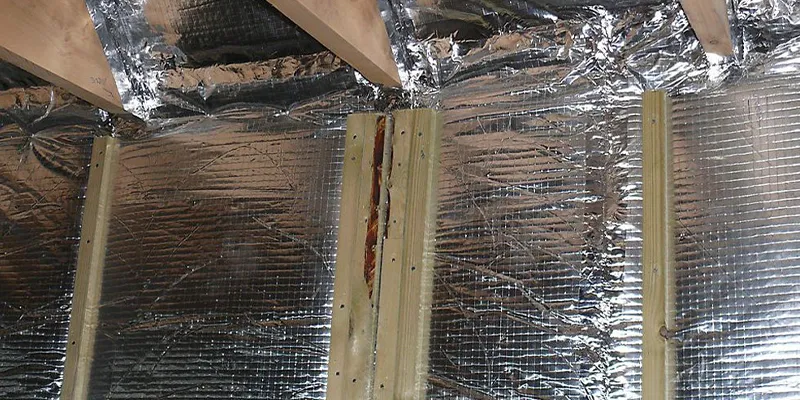
- Insulation material: Aluminum-coated polyester film can be layered with materials like woven cloth. It can be used as insulation for roofs and walls.
- Waterproof material: It can be combined with waterproof materials to improve its waterproof ability. This helps with waterproofing, moisture-proofing, and resisting corrosion. It is widely used in basements, etc.
Other Usages
- Advertising materials: The gloss and reflectivity of aluminized laminated films can be used to make posters, light boxes, and other promotional materials.
- Electronics and electrical appliances: Aluminized laminated materials can be used to package electronic and electrical products to prevent them from being affected by static electricity and electromagnetic interference.
Aluminized Mylar Film Features
Metallic shine: Aluminum-coated polyester film exhibits a luminous silver metallic surface, surpassing conventional aluminum foil in brilliance.
Reflectivity: High-reflective aluminized polyester film delivers superior sunlight reflection and thermal insulation properties.
High temperature resistance: Aluminum-plated polyester matches aluminum foil’s thermal stability while retaining structural integrity under direct flames through inherent flame resistance.
Flexibility: Aluminized mylar film is essentially still the largest proportion of polyester film. The plastic itself is relatively soft and can be kneaded at will. It can be seen from the fact that it can be made into packaging materials.
Barrier properties: Aluminized mylar laminated film can block oxygen, water, light, and even shield electronic signals to prevent static electricity.
Adhesion: Adhesive-coated aluminized film enables precision lamination with polyester, metallic foils, or non-woven substrates, mirroring the structural integrity of aluminum-plastic composites.
Ligero: Aluminum-plated polyester integrates metallic deposition while maintaining near-identical mass to base polymer films, achieving exceptional lightweight performance.

